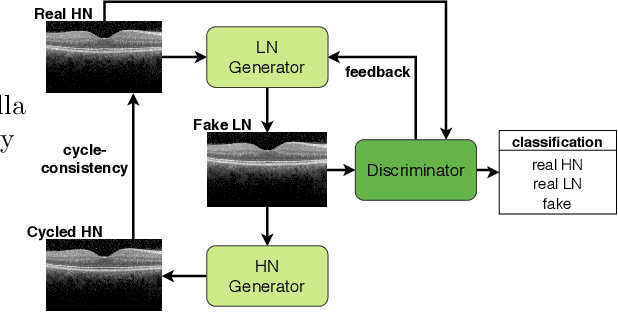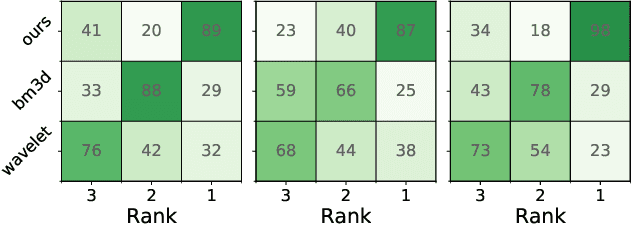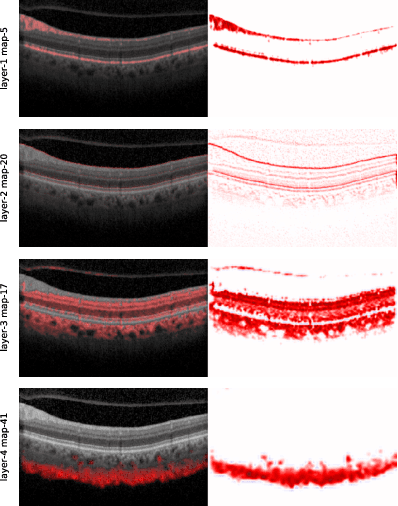Noise as Domain Shift: Denoising Medical Images by Unpaired Image Translation
Paper and Code
Oct 07, 2019



We cast the problem of image denoising as a domain translation problem between high and low noise domains. By modifying the cycleGAN model, we are able to learn a mapping between these domains on unpaired retinal optical coherence tomography images. In quantitative measurements and a qualitative evaluation by ophthalmologists, we show how this approach outperforms other established methods. The results indicate that the network differentiates subtle changes in the level of noise in the image. Further investigation of the model's feature maps reveals that it has learned to distinguish retinal layers and other distinct regions of the images.
 Add to Chrome
Add to Chrome Add to Firefox
Add to Firefox Add to Edge
Add to Edge